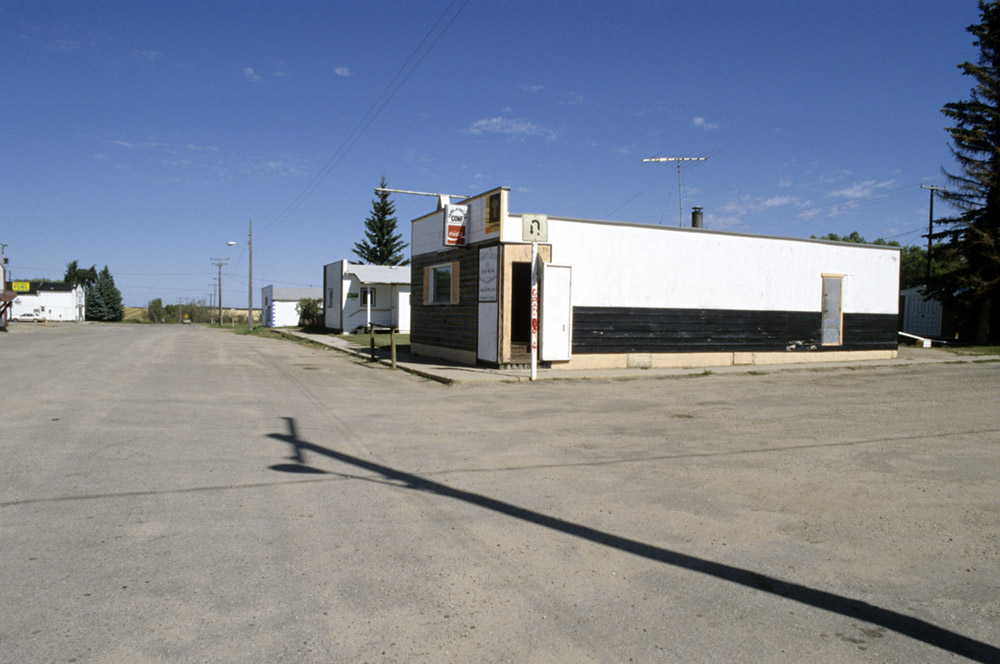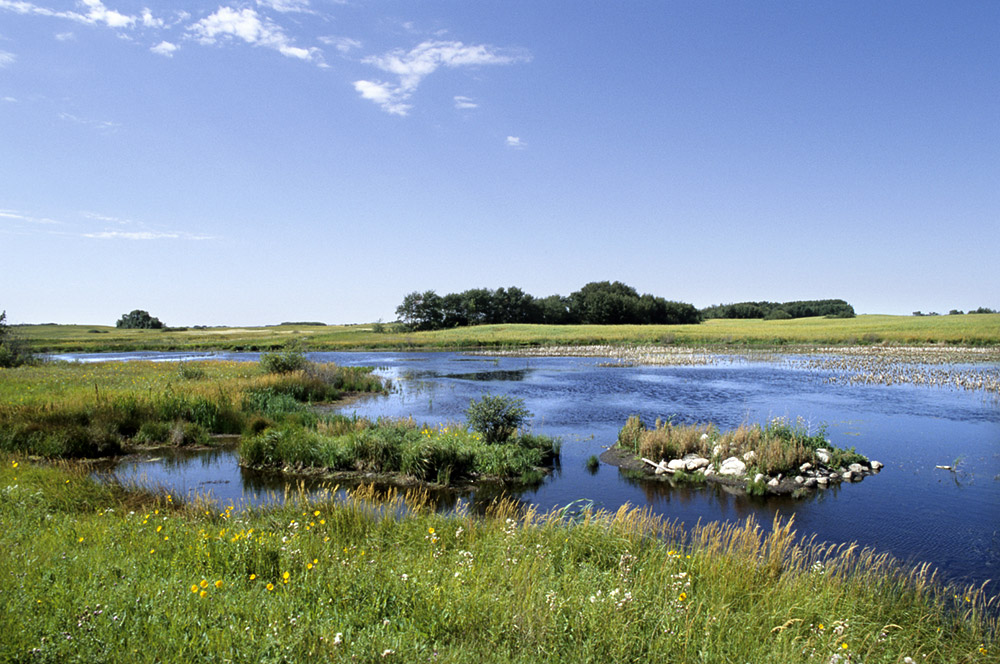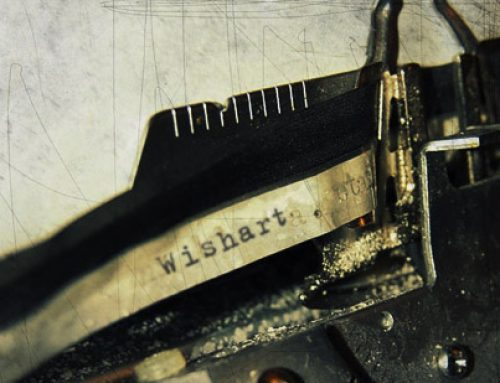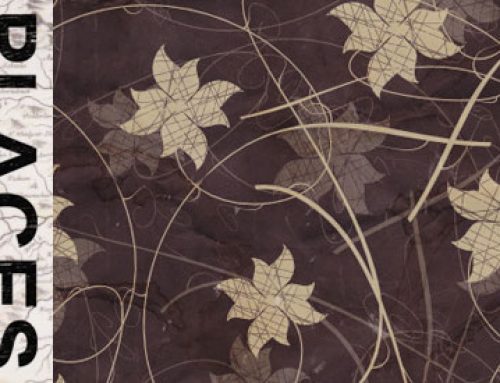The town of Wishart, Saskatchewan was named for of its earliest settlers, a Robert Wishart, who was of Scottish descent and the first homesteader in a district known as the Round Plain area.
Robert is part of Wishart Tree 034 and was born in Guelph, Ontario on 23 May 1847. He was the fourth son of John Wishart, a ship’s carpenter from Edinburgh, and Jessie McKean. Robert’s parents emigrated to Canada within a year of their marriage in 1833 and settled in Eramosa Township in Wellington County, Ontario where John became a farmer.
In 1870, whilst working as a mason, Robert became a Private in the 1st Ontario Rifles, Second Company and had ventured westwards with the Red River Expeditionary Force who were soldiers collected from the Militia Units of Quebec and Ontario in early 1870 for service in the Northwest. They were to “show the Flag” in Rupert’s Land (the new Province of Manitoba and the Northwest Territories). It was possibly during this period that ‘Mahogany Bob’ got his first look at the area in which he would finally live.
Robert was discharged from military service in Winnipeg during 1871 and married Clementina McLean the following year in Portage Le Prairie. They had four children in Manitoba before temporarily heading back to Ontario where by February 1880, they had been living in Fergus Falls. Later that year Robert left Ontario having been granted land in the Touchwood Hills, about 90 miles from Fort Qu’Appelle and arrived via Portage Le Prairie by oxon. He worked raising horses and cattle and initially lived with his family in a log cabin, however three years later he constructed a sturdier house made from hewn logs. The brick, finishing lumber, flooring and lime used in the new domicile had to be hauled from Qu’Appelle. Five Wishart children were subsequently born at the Wishart homestead, including the first European child in the area, who was appropriately named Robert Touchwood Wishart.
Robert helped build the first local school, known as the Round Plains school, and also the first church in 1888 (prior to which, services had been held in Robert’s home.) Rubies had been discovered on the property whilst digging a well for the homestead, however none were ever found in sufficient quantities to warrant selling them.
Two stories concerning Robert and his family in this period have survived and were recounted in a history of Dauphin Valley published by the Dauphin Historical Society in 1970.
Occupational hazards such as Indians during the Riel Rebellion and prairie fires were events from which the family escaped relatively easily. John Wishart as a small boy was given the task of bringing home the cows: one night, he saw a prairie fire raging in a strong wind. He knew he couldn’t drive the cattle fast enough to stay ahead of it so he burned a patch of grass, and drove them on to that. He and the cattle stood there in complete safety on their little black island while the big fire burned past them and went on its destructive way, leaving a black sea in its wake.
Another story of the Wishart family would indicate that they had a large amount of a “presence of mind”. Mrs Wishart was a real horsewoman and would take her turn at rounding up the cattle. On one such occasion her horse threw her as it fell, right in front of a bad tempered bull. As he prepared to attack her, Mrs Wishart threw herself on the ground, facing him, and when he approached she coolly produced the pistol she invariably carried when thus employed, and shot the animal dead in his tracks.
By 1891, having survived successive years of drought, and continuing shortage of feed for his stock, Robert made the decision to move the family to the Dauphin Valley, which had a reputation for ‘luxuriant growth’ and ample water supply. With Clementina and his ten children in tow, Robert left in May with a buckboard, two wagons, horses and cattle. The Wisharts passed through Yorkton on the 24th before travelling over one hundred miles along rough prairie trails to Dauphin, where they arrived on 4 June 1891.
Less than a year later, Clementina died in Dauphin on 28 March 1892. Eight years later, on 28 June 1900 in Simcoe, Ontario, Robert married a Maria Lister from Fergus Falls. Maria lived with her husband and stepchildren in Dauphin until 2 March 1904 when she died. Robert died five years later on 29 December 1908.
Photographs of Wishart, Saskatchewan taken by Scott Wishart in 1996.
All images © Scott Wishart, 1996


















